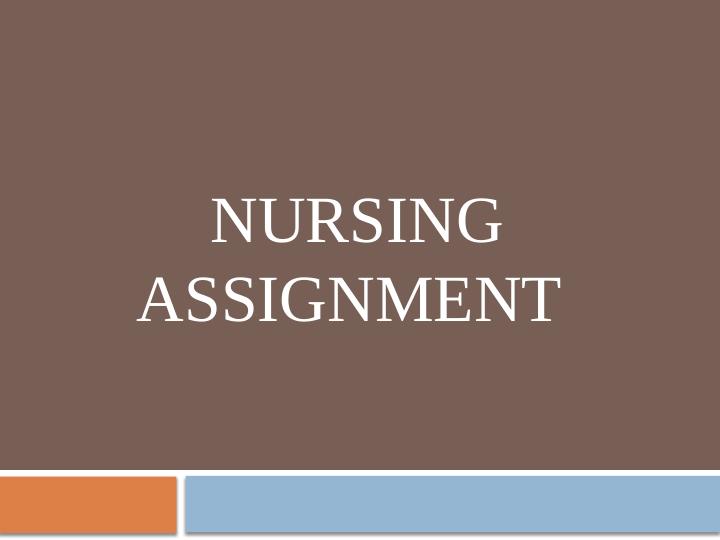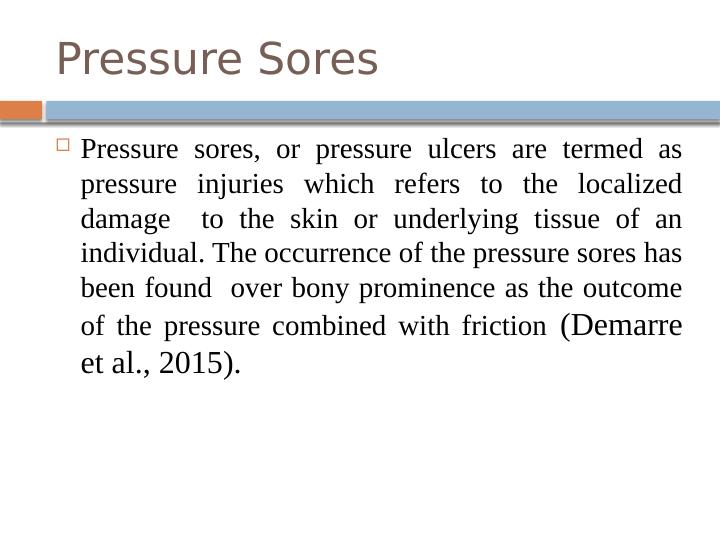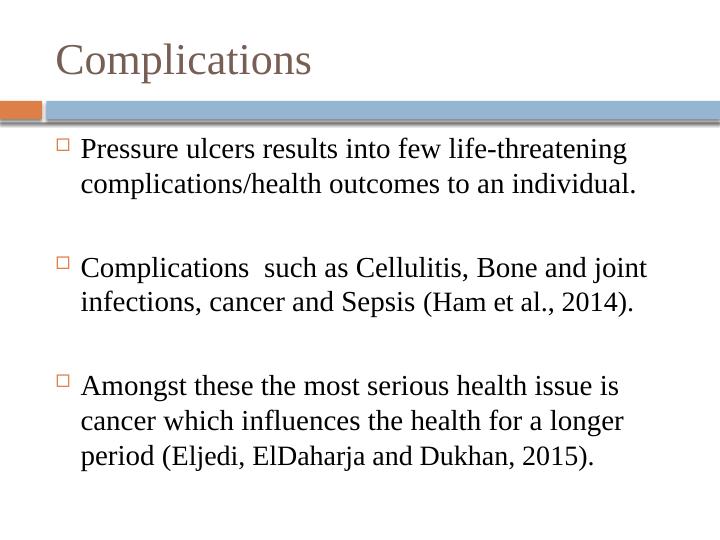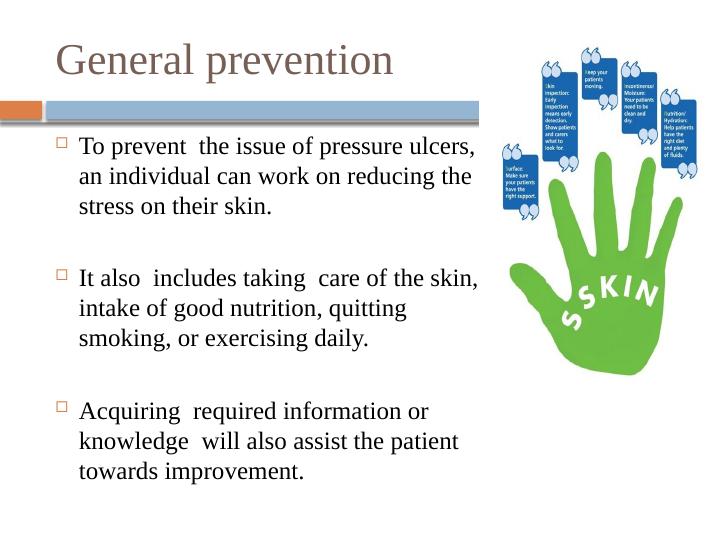Preventing Pressure Sores: Education and Interventions for Clinicians and Patients
Identify an area of specialisation in the health setting, research and identify an educational gap, and write a proposal for an education tool to close the gap.
Added on 2023-05-27
About This Document
This presentation discusses pressure sores, their causes, symptoms, and prevention methods. It emphasizes the importance of educating clinicians and patients about preventing pressure sores and the interventions available to treat them. The target audience for this presentation is clinicians and patients affected by pressure sores.
Preventing Pressure Sores: Education and Interventions for Clinicians and Patients
Identify an area of specialisation in the health setting, research and identify an educational gap, and write a proposal for an education tool to close the gap.
Added on 2023-05-27
End of preview
Want to access all the pages? Upload your documents or become a member.






